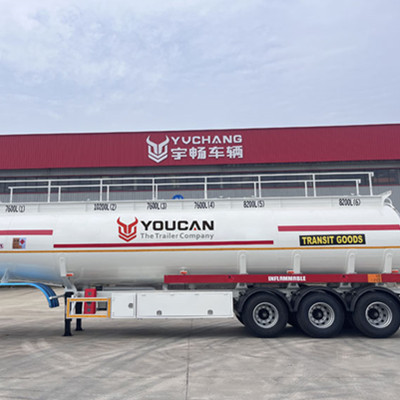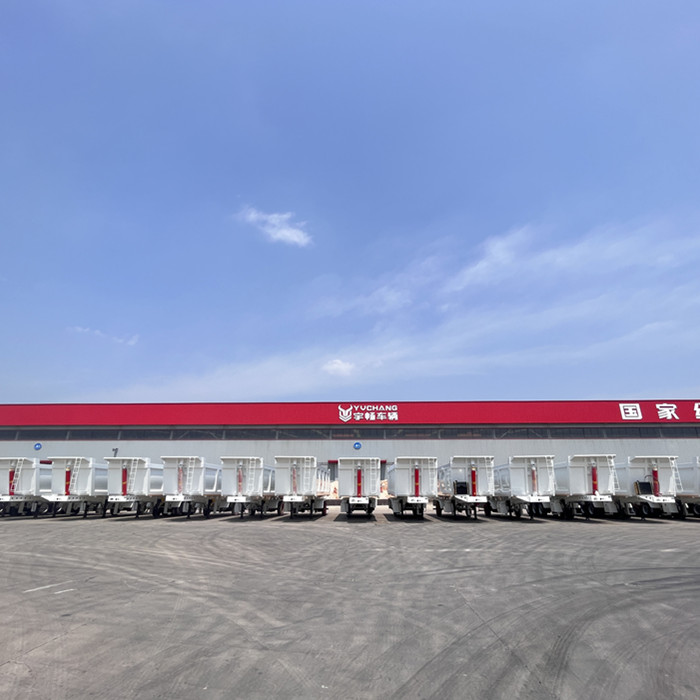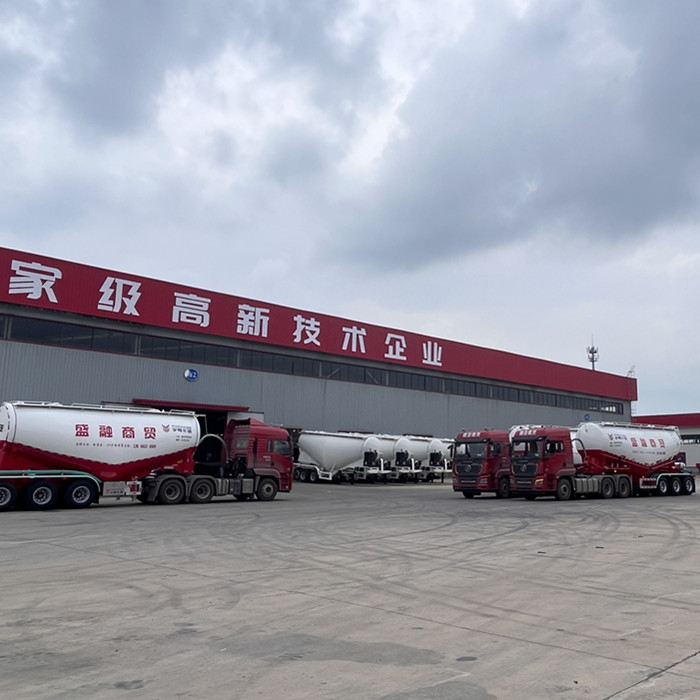What is Fuel Tank Trailer
One of the common types of tank trailer you will find on the road is the fuel tank trailer. The trailer is used to transport gasoline, diesel oil, and benzene. It is also used to transport some types of inflammable and plosive liquid.

Gasoline and diesel fuels are used for standard cars and other types of vehicles. Hence, most fuel trailers have more than one compartment. Why do fuel tank trailers have several compartments? Here are the major reasons:
The efficiency principle: A trailer with different compartment can transport different kinds of liquid at the same time. This reduces the transportation cost and saves fuel because the trips are reduced to one.
Transporting each liquid in a different tanker is more expensive and inefficient. Trailers with multiple compartments can transport different grades of gasoline in one trip. A service station can receive all the products needed in just one trip.
To ensure stability: A liquid fluctuates to all directions in the tank when the trailer is running on a slope. If the fuel tank trailer has a large capacity, the fluctuations will cause major changes in the center of mass.
This, in turn, will cause major changes of the axle load, which affect the stability of the truck and trailer. The instability may cause the trailer to jackknife or rollover. Using a multi-compartment model reduces the changes of the axle load and hence keeps the trailer stable.
Material
In this section, we will discuss different materials that are used to make fuel tank trailers. Trailer manufacturers use carbon steel or stainless steel and aluminum allow to make fuel tank trailers.
Each of these materials has its advantages and disadvantages. Let us now look at the pros and cons of each material.
Carbon steel and stainless steel
The main advantages of using carbon and stainless on trailers include:
Steel has high strength and is not damaged easily
The price of steel is competitive and hence steel is popular in developing countries
Carbon steel is easy to weld
Steel is less prone to stress crack, which is common with aluminum
The stainless steel is resistant to rust, can used to transport edibles
The main disadvantages of using carbon steel are:
Carbon steel requires galvanizing or painting on the surface to prevent rusting
It has a higher density than aluminum alloy
Aluminum alloy
The advantages of using aluminum alloy on tank trailers include:
It is lighter in weight than steel
Aluminum tank trailer can carry more liquid load
The trailers are safer and more secure
The material is resistant to rust and hence it does not pollute the liquid during transportation
Some of the disadvantages of aluminum allow include:
The strength of aluminum is almost half the strength of steel
It is highly prone to stress cracking
Welding aluminum plates is cumbersome
It is more expensive than steel
The type of material used on a fuel tank trailer determines its price and loading capacity. The aluminum trailer may be light and resistant to rust but their strength is low and their price is high.
You must consider the end use of the trailer and your budget when choosing between the two materials. Steel may be your best choice if you need a high-capacity fuel tank trailer at a low cost.
The fact that aluminum is lighter and lower in strength than steel does not mean that aluminum trailers are weak. The trailers have enough loading capacity to transport fuel or oil in bulk.
How much do fuel tanker trailers cost?
Youcan Trailer is a professional semi-trailer manufacturer founded in the year 1999. The company provides tank trailers, bulk cement semi-trailers, Tipper semi-trailers, stake storage semi-trailers, flatbed semi-trailers, low-bed semi-trailers, container carrier trailers, cargo semi-trailers, and other hundreds of products.If you are interested in buying a Container Chassis for you project, feel free to send an inquiry.

 WhatsApp
WhatsApp
 sales@youcantrailer.com
sales@youcantrailer.com
 +8615203709888
+8615203709888


